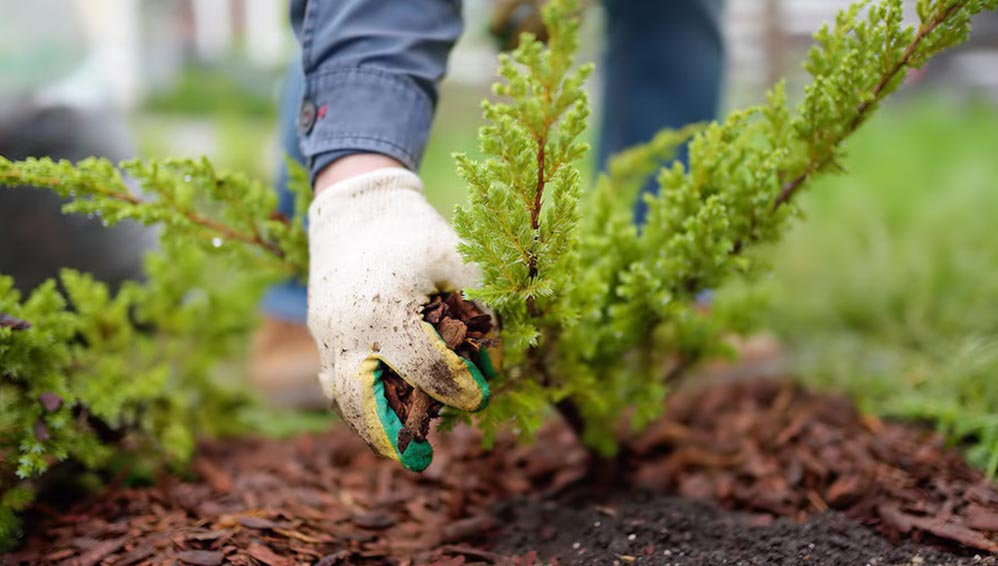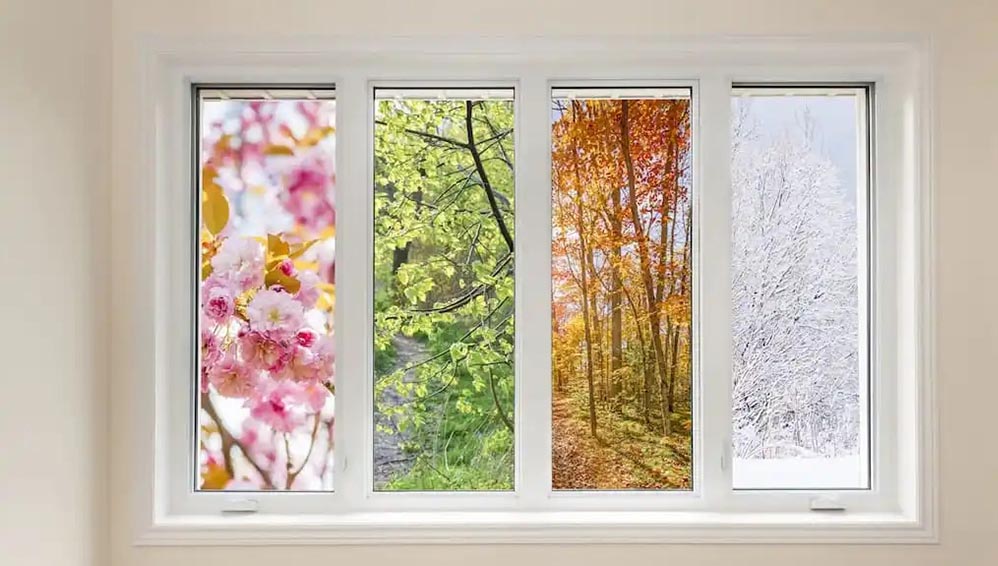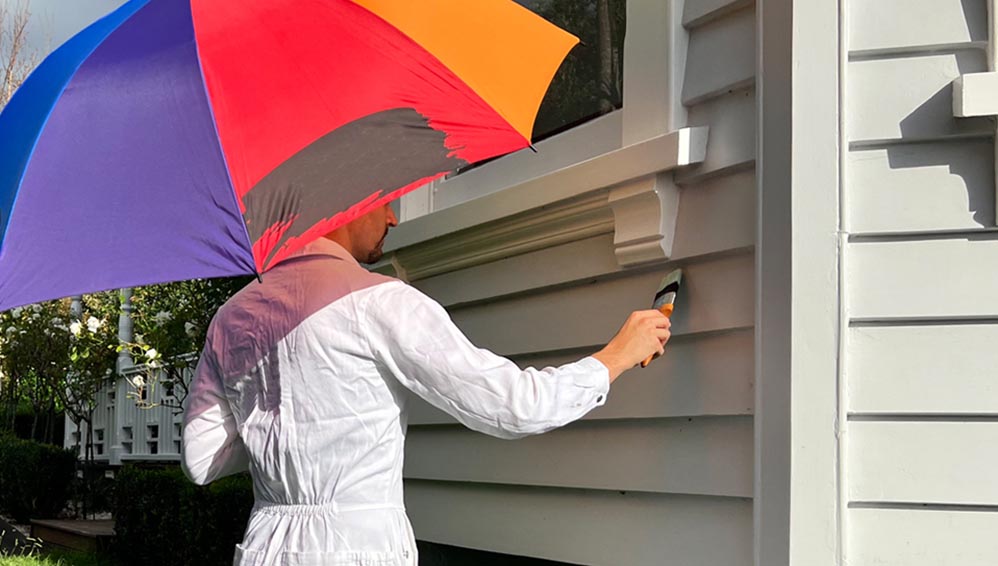As the winter chill gives way to the gentle warmth of spring, it’s the perfect time to breathe new life into your home’s exterior. Whether you’re looking to boost your home’s curb appeal or create a cozy outdoor retreat, there are plenty of exciting spring projects to consider. From refreshing your landscaping to updating your outdoor lighting, the possibilities are endless. In this blog post, we’ll explore some inspiring ideas for sprucing up your home’s exterior this spring.
1. Landscaping Refresh
One of the most impactful ways to enhance your home’s exterior is by giving your landscaping a refresh. Consider adding colorful flowers, shrubs, and trees to your garden beds to create a vibrant and inviting look. Incorporating native plants can also help attract pollinators and wildlife to your yard. Don’t forget to mulch your flower beds to help retain moisture and suppress weeds.
If you have a green thumb, you might also consider starting a vegetable or herb garden. Not only will it provide you with fresh produce, but it can also add a charming touch to your outdoor space. Raised garden beds are a popular option for growing vegetables and herbs and can be easily incorporated into your landscaping design.
2. Outdoor Lighting Upgrade
Enhancing your home’s exterior lighting can dramatically transform the look and feel of your outdoor space. Consider installing new light fixtures along pathways, near entryways, and in your garden beds to create a warm and inviting ambiance. LED lights are a great energy-efficient option for outdoor lighting and come in a variety of styles to suit your aesthetic preferences.
To add a touch of drama to your outdoor space, you could also consider incorporating landscape lighting to highlight key features such as trees, architectural elements, or water features. Solar-powered lights are a convenient and eco-friendly option for illuminating your outdoor space without increasing your energy bills.
3. Fresh Coat of Paint
Giving your home’s exterior a fresh coat of paint is a simple yet effective way to enhance its curb appeal. Choose a color scheme that complements your home’s architectural style and landscaping. Consider painting your front door a bold hue to make a statement and add a pop of color to your home’s exterior.
If you have a wooden deck or fence, spring is the perfect time to give it a fresh coat of stain or paint to protect it from the elements and keep it looking its best. Don’t forget to properly prepare the surface by cleaning and sanding it before applying the new finish for long-lasting results.
4. Outdoor Living Space
Creating an outdoor living space can significantly enhance your enjoyment of your home and provide a relaxing retreat for you and your family. Consider adding a patio, deck, or outdoor kitchen where you can entertain guests or simply relax and unwind after a long day.
Investing in comfortable outdoor furniture, such as lounge chairs, dining sets, and umbrellas, can help create a cozy and inviting outdoor oasis. Adding accessories like outdoor rugs, throw pillows, and string lights can further enhance the ambiance of your outdoor living space and make it feel like an extension of your home.
5. Garden Structures
Adding garden structures such as pergolas, arbors, or trellises can add architectural interest to your outdoor space and provide support for climbing plants like vines and roses. These structures can also create shade, privacy, and a sense of enclosure in your garden, making it feel like a secluded retreat.



